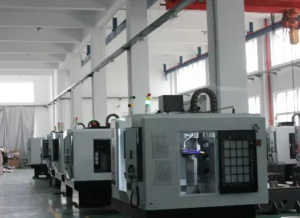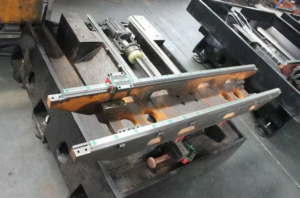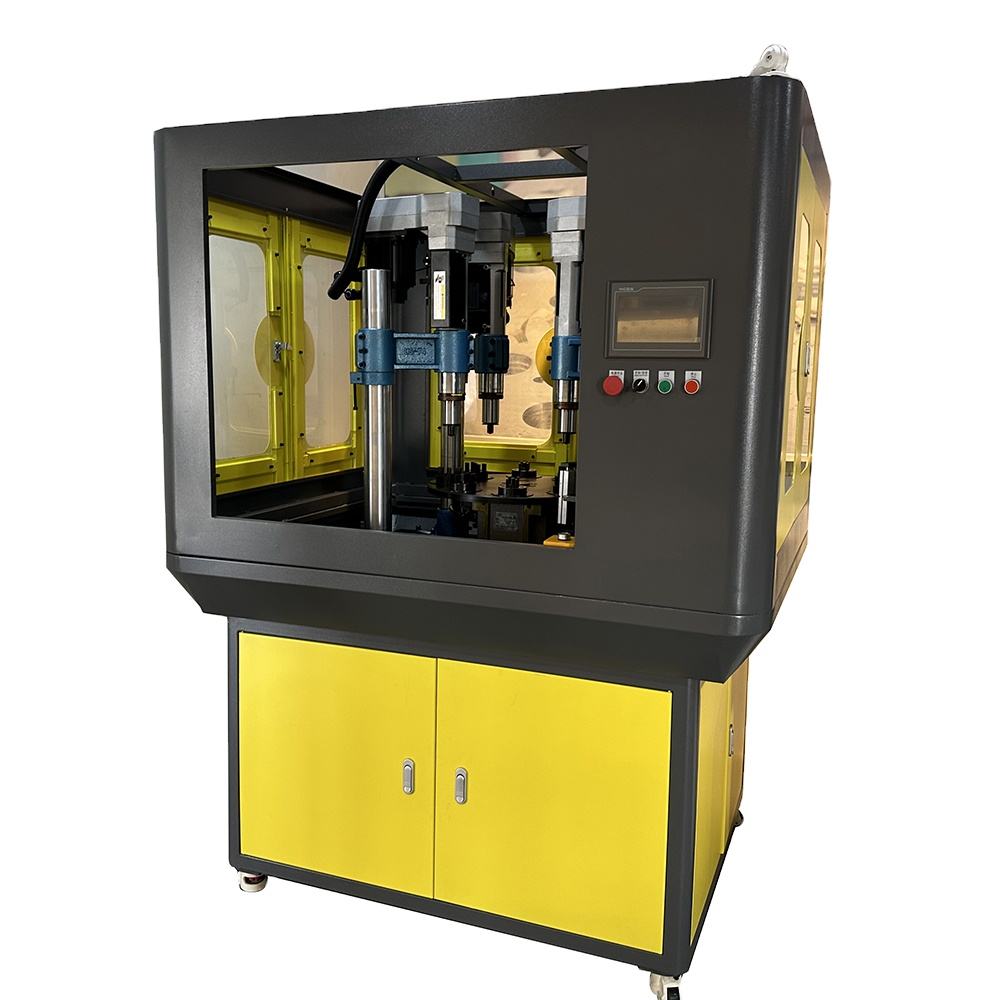For manufacturers demanding flawless threaded cavities without swapping equipment, the tapping operation on a drilling machine is a game-changer. This dual-capability process merges hole-boring and thread-carving into a single, seamless workflow—slashing production time while elevating precision. As industries push for leaner operations, mastering this technique isn’t just an option; it’s the key to outpacing competitors.
Why Combine Drilling and Threading? The Efficiency Breakthrough
Traditional methods require separate tools for drilling and tapping, creating bottlenecks and alignment errors. Modern tapping operations on drilling machine systems eliminate these hurdles by integrating adaptive torque control and self-centering chucks. Picture a machine that bores a 10mm hole in stainless steel, then instantly reverses to cut M12 threads—all without manual intervention. This synergy reduces setup time by 70% and improves thread concentricity by 90%, which is critical for aerospace fasteners or hydraulic valve blocks.

The Nuts and Bolts of Flawless Execution
Success hinges on three innovations:
- Smart Speed Synchronization: Spindle RPMs auto-adjust during the shift from drilling to tapping, preventing tool breakage in brittle materials like cast iron or carbon composites.
- Peck-Cycle Intelligence: For deep cavities, the machine retracts periodically to clear chips, safeguarding thread quality in aluminum or copper alloys.
- Frictionless Tool Transition: Quick-change collets enable sub-second swaps between drill bits and taps, ideal for high-mix, low-volume batches.
Beyond Metal: Surprising Applications Redefining Industries
While metalworking dominates, the tapping operation on drilling machine technique is revolutionizing niche sectors:
- Medical Device Fabrication: Creating threaded micro-holes (<1mm) in titanium bone implants with zero deflection.
- Renewable Energy: Tapping bolt holes in wind turbine blade molds using carbon-neutral, dry-cutting protocols.
- Consumer Electronics: Threading heat sinks in server motherboards with 5-micron accuracy to optimize thermal management.
Avoiding Costly Pitfalls: Pro Tips for Optimal Results
- Material-Specific Tap Geometry: Use spiral-point taps for non-ferrous metals and roll-form taps for ductile steels to prevent galling.
- Lubrication 2.0: Replace flood coolant with nano-coated tools or minimum quantity lubrication (MQL) systems for eco-friendly, high-speed operations.
- Real-Time Feedback: Equip machines with vibration sensors to detect tap wear early, reducing scrap rates by 45%.

Future-Proofing with Automation
Forward-thinking workshops are integrating AI-driven tapping operations on drilling machine systems. These units analyze historical data to predict tool lif and auto-order replacements and optimize feed rates for untested materials. For EV battery frame production or drone motor housing, this tech cuts R&D cycles by 60%.
Tapping Operation on Drilling Machine: Your Shortcut to Leaner, Smarter Production
In a world where margins hinge on microseconds and microns, dual-function machining isn’t just efficient—it’s existential. By mastering the tapping operation on the drilling machine, manufacturers unlock faster throughput, tighter tolerances, and a decisive edge in crowded markets.
Ready to thread your way to the top? Explore how our next-gen drilling-tapping hybrids can transform your workflow—contact us today.

